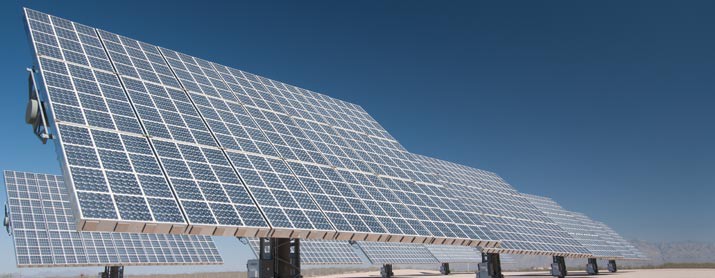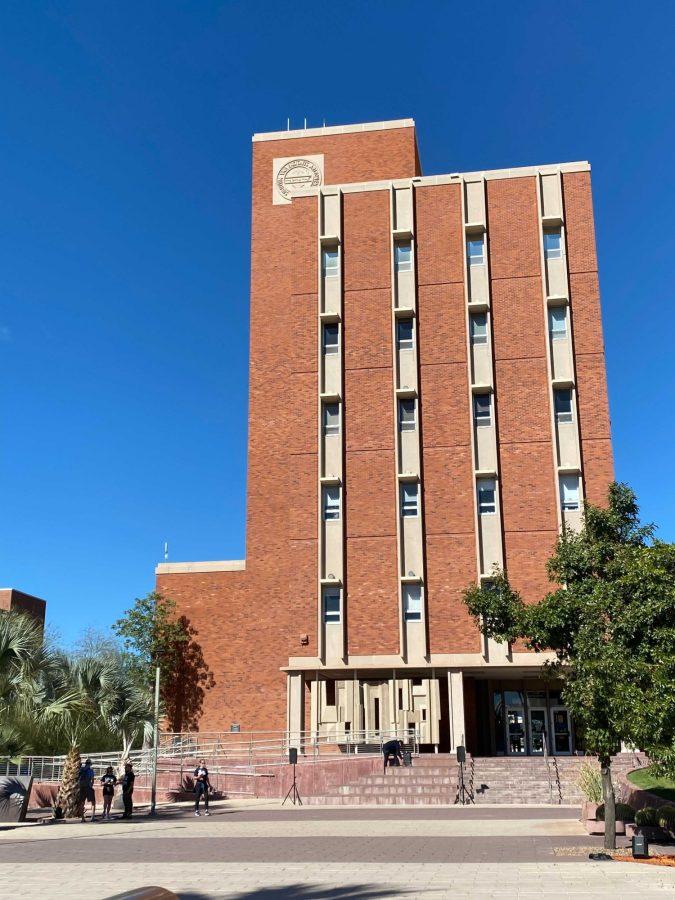Even though the UA Tech Park had an economic impact of $2.67 billion in Pima County for 2009, UA researchers are looking to generate an even bigger revenue by creating more sustainable and inexpensive solar panels.
The park’s solar zone helps spur both economic and environmental development for all of Arizona, according to John Grabo, director of business development at the park.
With 1.9 million square feet and photovoltaic solar panels comprised of a thin film that generates 18.5 megawatts of energy into an electric grid, the park will eventually power about 3,700 homes in Tucson, according to Grabo. This is part of an effort to reach a state mandate requiring that utilities generate about 15 percent of their energy from renewable resources.
In order to reach that goal, several UA professors are working on research projects, studying various materials that can generate sustainable and inexpensive energy. Neal Armstrong, a chemistry and biochemistry professor, is one of many working on this research through the Center for Interface Science, an organization he established in 2009 that focuses on thin film photovoltaic technologies. Current solar panel technologies can convert light from the sun into energy at a rate of about 20 percent and can last about 20 years, according to Armstrong.
Despite the advances that have been made in the past 50 years, Armstrong said that these technologies are still too expensive and inefficient to generate the kind of energy needed, which is why he is working on using cheap, organic materials to create new kinds of solar cells. The cells are created with polymers and small molecules, which are comparable to the dark dyes of computer ink cartridges, and are produced through a printing press-like operation, he said.
Despite the fact that these cells currently convert energy at rates of 10 to 15 percent, he said he is confident that this technology will advance at a much faster rate than the silicon-based panels currently being used.
Such technology is not only cheaper, but also easier to produce and more durable than silicon-based panels. Armstrong said it is a matter of knowing which materials will convert at a higher rate.
Paul Lee, a staff scientist and UA alumnus, created a machine to test such materials called the “photovoltaic deposition chamber.” The machine separates organic and metal material that goes into cells in order to prevent contamination, according to Lee. Students will then test the conversion rate of the material, seeing which composition is most effective.
If the research is successful, Armstrong said the projected cost of the cells for new solar panels, in addition to the cost of installation, will be $1 per cell instead of $3.
“It’s still expensive, but still cheaper than $3,” he added.









